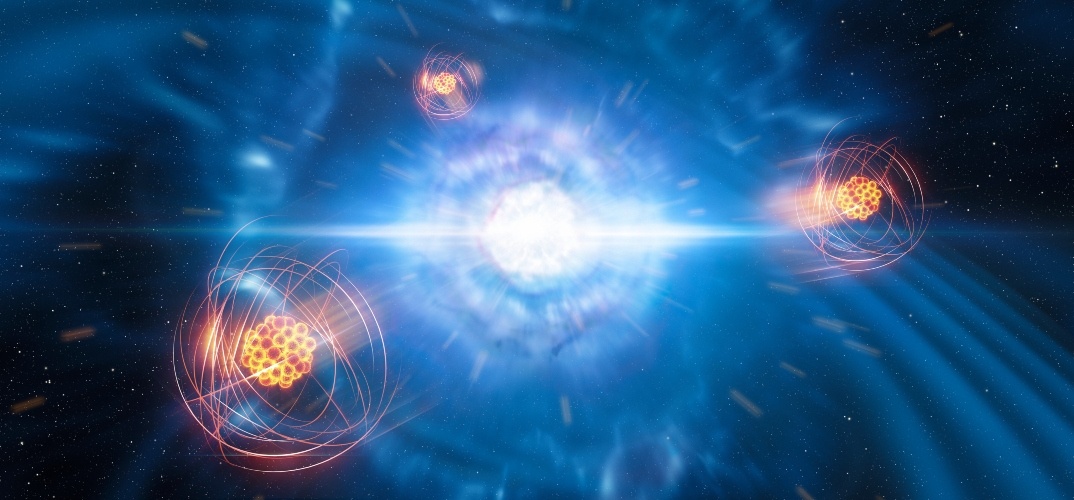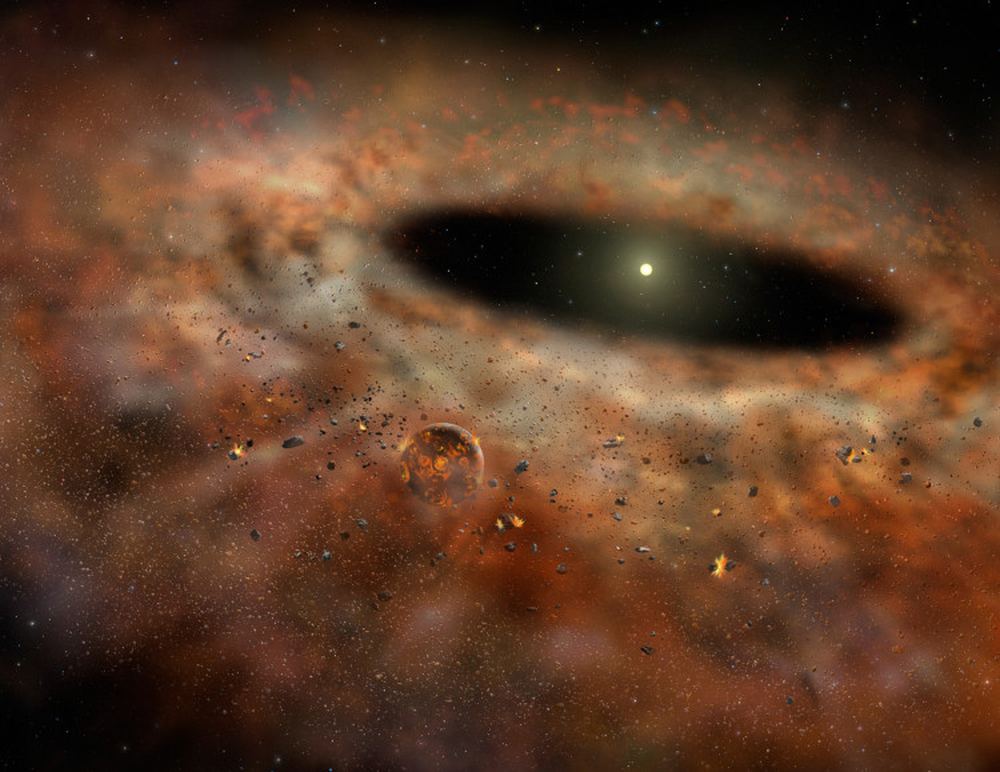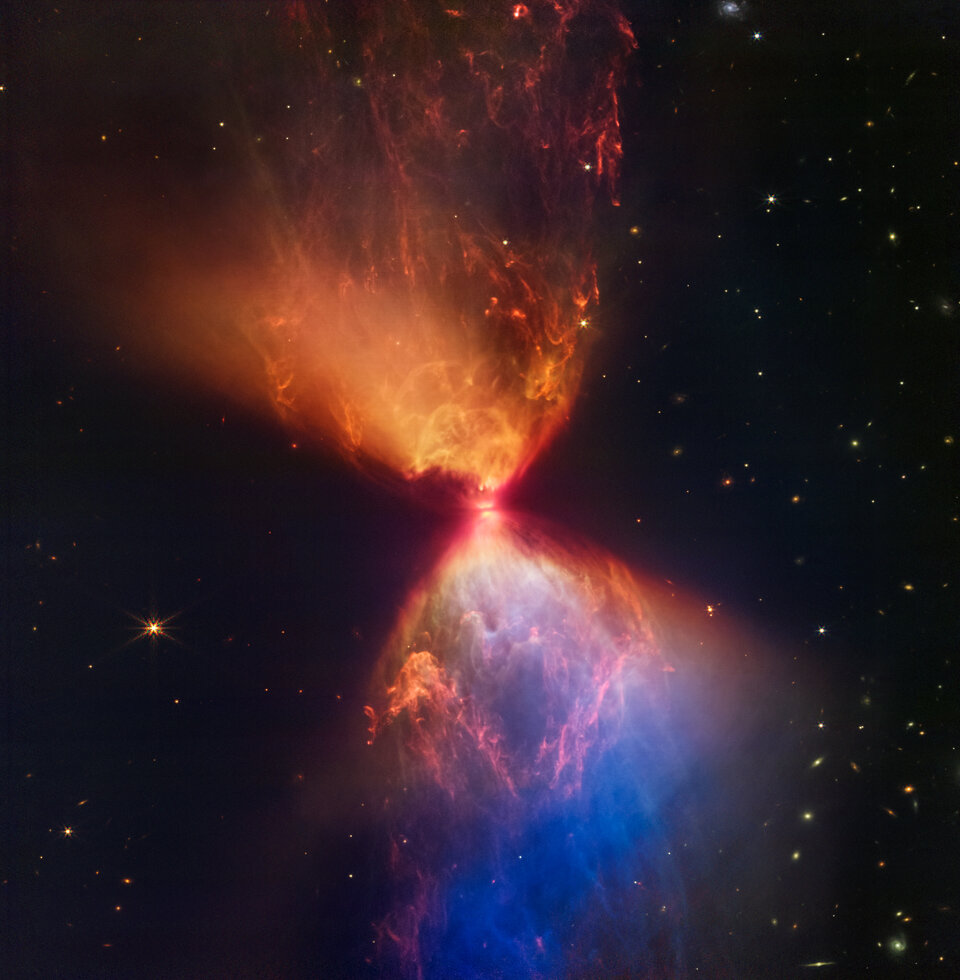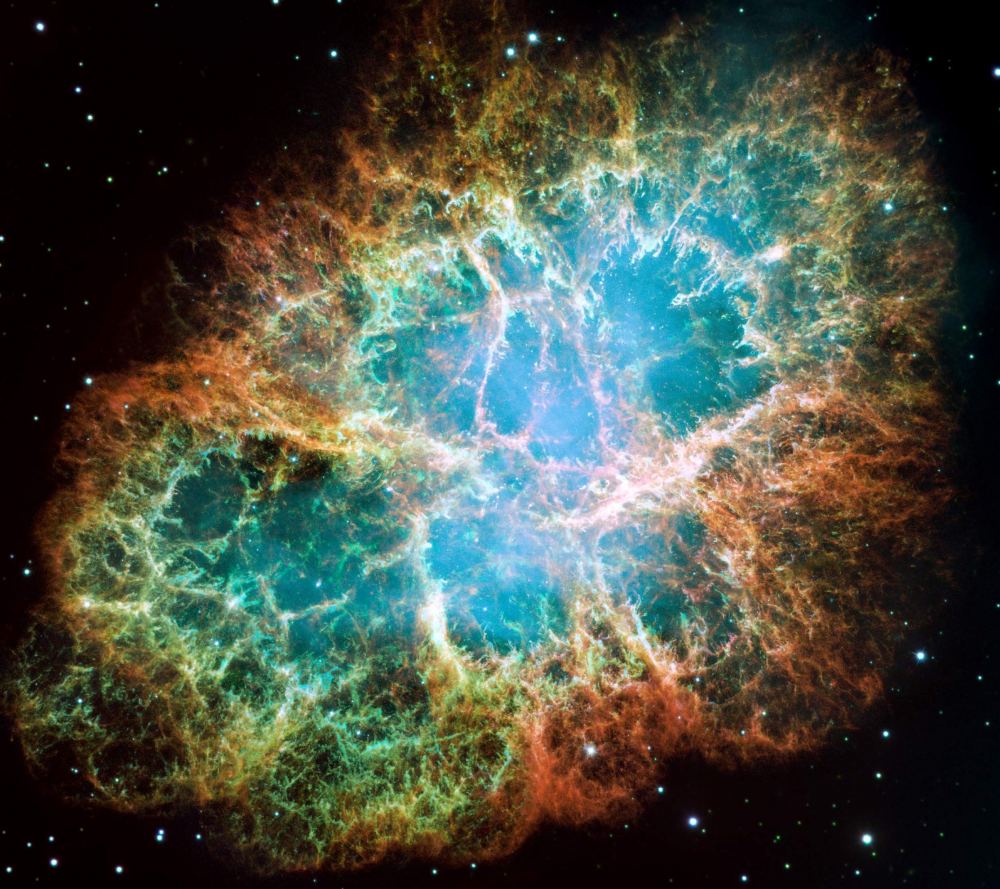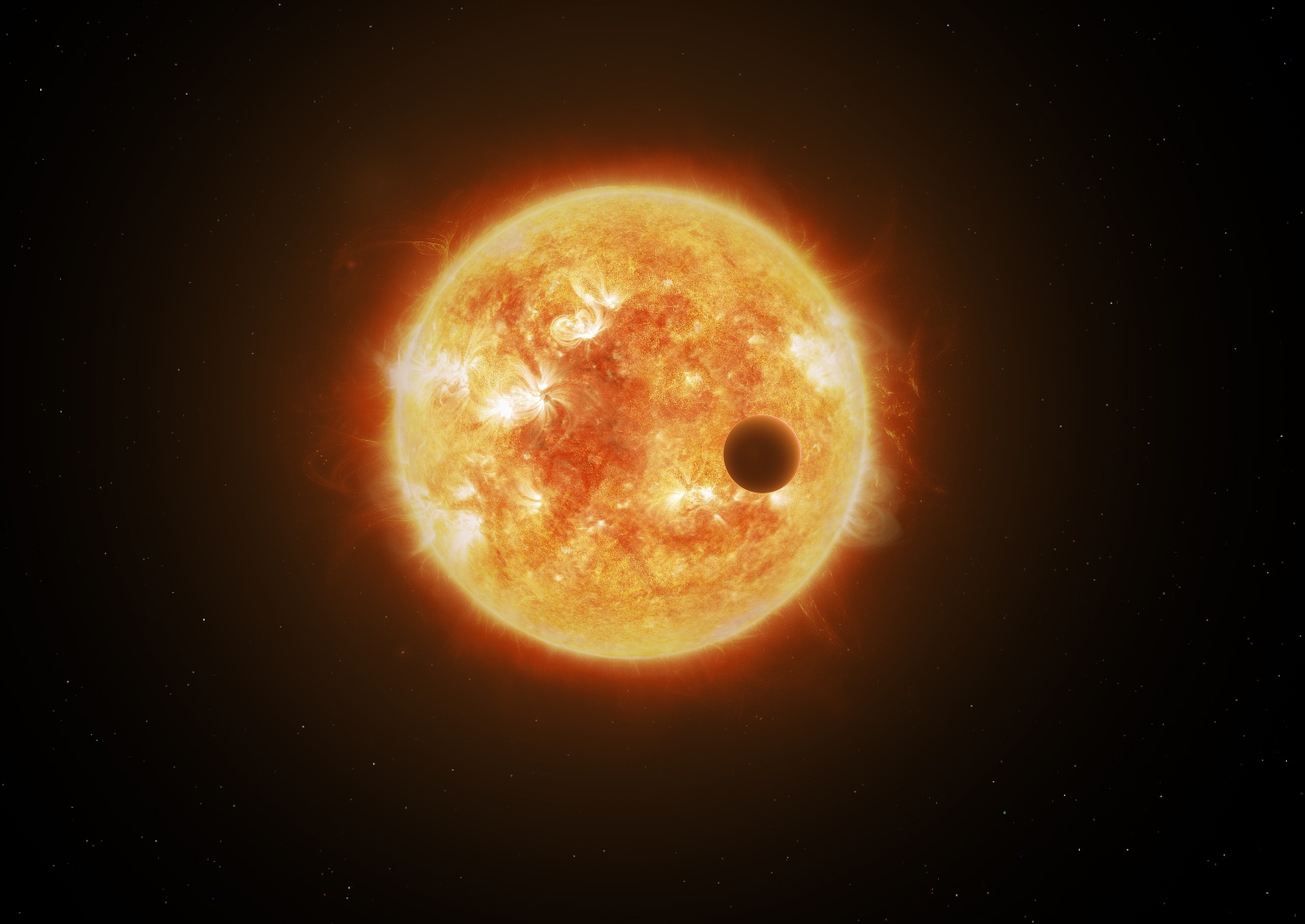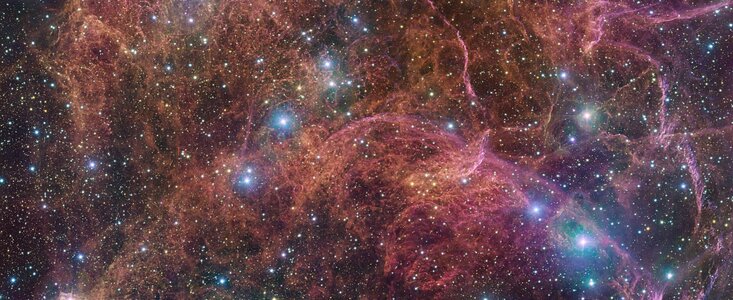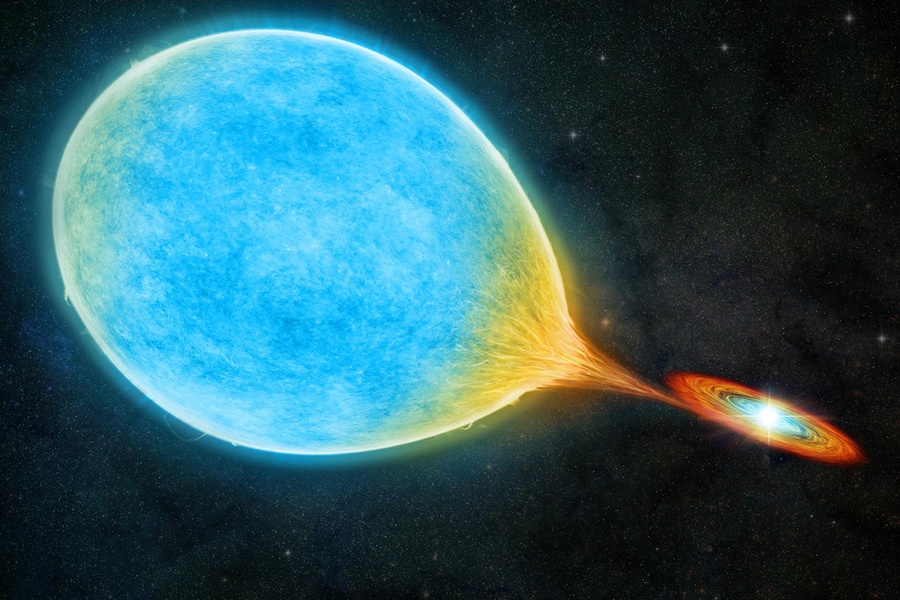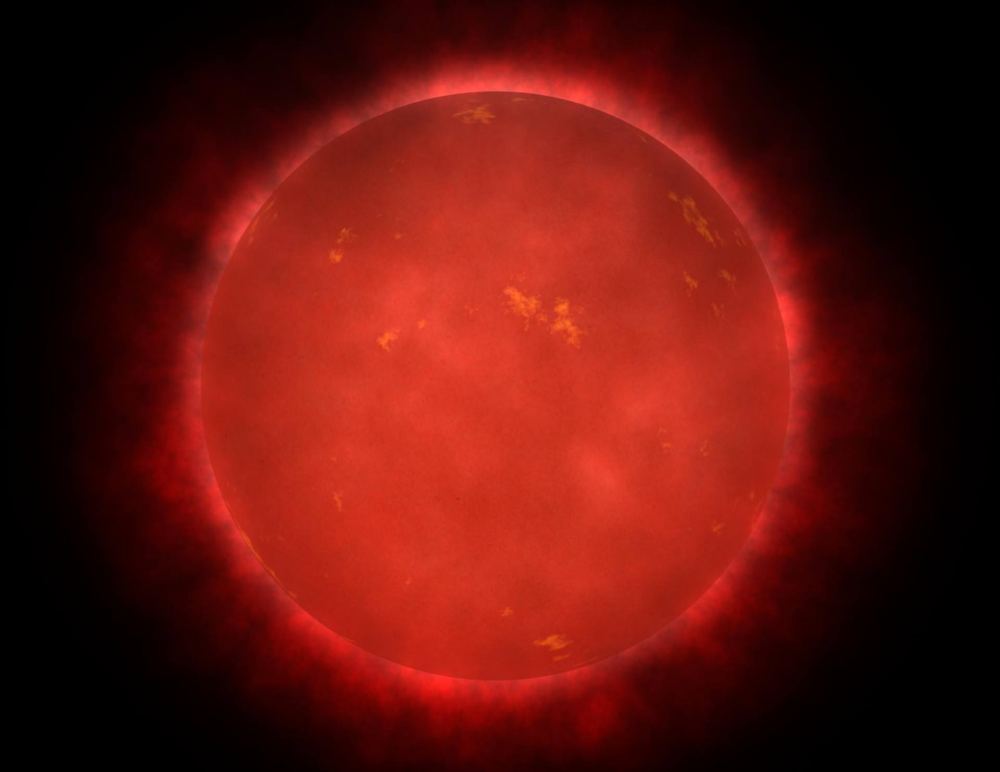According to the most widely-accepted theory about star formation (Nebular Hypothesis), stars and planets form from huge clouds of dust and gas. These clouds undergo gravitational collapse at their center, leading to the birth of new stars, while the rest of the material forms disks around it. Over time, these disks become ring structures that accrete to form systems of planets, planetoids, asteroid belts, and Kuiper belts. For some time, astronomers have questioned how interactions between early stellar environments may affect their formation and evolution.
For instance, it has been theorized that gravitational interactions with a passing star or shock waves from a supernova might have triggered the core collapse that led to our Sun. To investigate this possibility, an international team of astronomers observed three interacting twin disc systems using the Spectro-Polarimetric High-contrast Exoplanet REsearch (SPHERE) on the ESO’s Very Large Telescope (VLT). Their findings show that due to their dense stellar environments, gravitational encounters between early-stage star systems play a significant role in their evolution.
Continue reading “Astronomers Spot Three Interacting Systems with Twin Discs”
